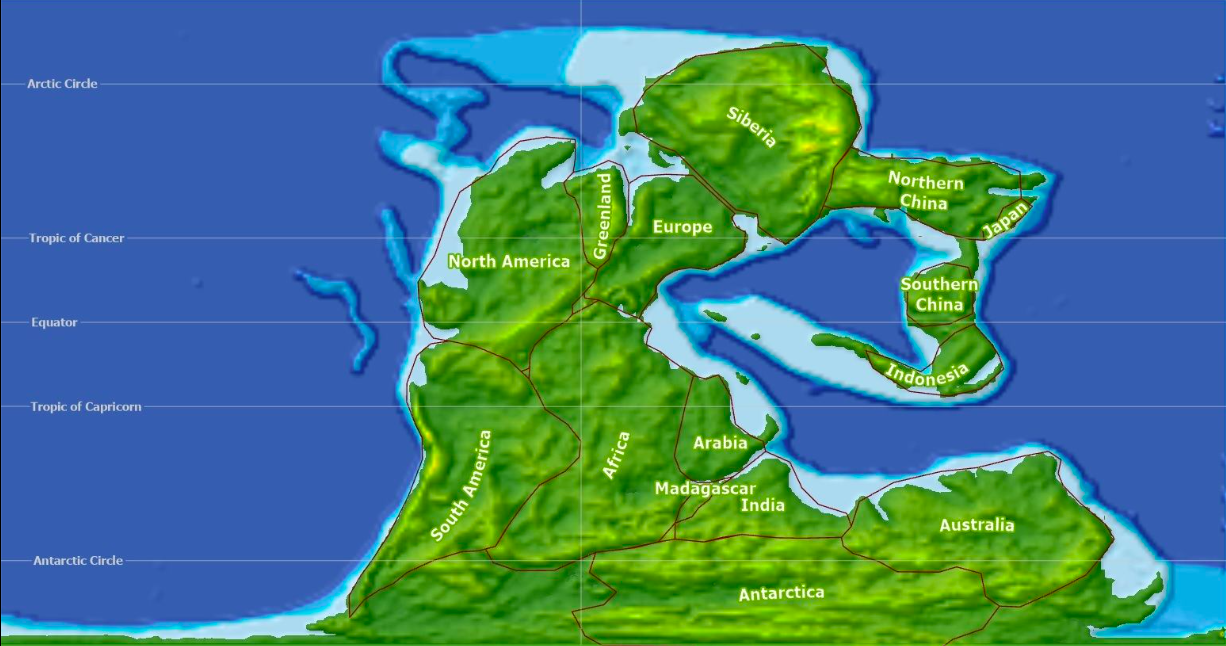Evan Puschak, the video essayist better known as the Nerdwriter, has seen a lot of movies. Here on Open Culture, we’ve previously featured his analyses of a range of pictures including Blade Runner, Reservoir Dogs, Parasite, La Dolce Vita, Nostalghia, and You’ve Got Mail. When he notices something special about the films coming out of one country in particular, we’d do well to listen to him address why. He once devoted a video essay to Jean-Luc Godard’s Breathless, which he frames as having set off the nouvelle vague, the first movement most of us think of when we think of French cinema — which many of us around the world regard as occupying une classe à part. Puschak finds one reason we do so in his new video essay above.
That reason is the Centre national du cinéma et de l’image, or CNC, the governmental agency tasked with promoting not just French film but French audiovisual arts in general. “For decades, it sat at the center of cinema in France, affecting every layer of the industry there,” says Puschak. Funded by taxes on cinema admissions, television providers, and media both physical and streaming, it redistributes money to the production, distribution, and exhibition of films, television shows, video games, and other forms of art (as well as to the preservation of existing art). As far as movies in particular, the declared idea is to “support an independent cinema that is bold in terms of market standards and that cannot find its financial balance without public assistance.”
“In the US film industry, there’s only one metric to judge movies: commercial success,” Puschak says. “Without participation by the state, there can be no other metric. The market determines everything,” and that holds as true for indie films as it does for broad Hollywood spectacles. The CNC also invests heavily in “the maintenance and renovation of theaters, especially those that show art-house films,” all across France, and even in cinema education for schoolchildren meant to encourage an appreciation for “all kinds of movies, not just those that giant corporations have millions of dollars to promote.” This in contrast to the many Americans “conditioned from an early age to see only certain kinds of movies in the theater.”
Of course, how well a CNC-style agency would work in America, a world apart from the dirigiste culture of France, is a matter of debate. So, in fact, is the question of how well it works in France. It has “all the problems you’d expect from a large bureaucracy: sluggishness, red tape, waste, controversies over who gets to choose what films get money.” But the CNC has evolved in fits and starts with changes in technology and culture, and the US has lately directed no small amount of financial support to film production in the form of state-level tax credits. As anyone who visits the cinemas of Paris will notice, France has a “public of devoted filmgoers, people who want to go out to the movie theater and have a wide range of experiences there.” Cinephiles the world over would surely agree that any money spent to cultivate that is money well spent.
Related content:
How Anna Karina (RIP) Became the Mesmerizing Face of the French New Wave
An Introduction to Jean-Luc Godard’s Innovative Filmmaking Through Five Video Essays
RIP Jean-Paul Belmondo: The Actor Who Went from the French New Wave to Action Superstardom
Based in Seoul, Colin Marshall writes and broadcasts on cities, language, and culture. His projects include the Substack newsletter Books on Cities, the book The Stateless City: a Walk through 21st-Century Los Angeles and the video series The City in Cinema. Follow him on Twitter at @colinmarshall or on Facebook.








